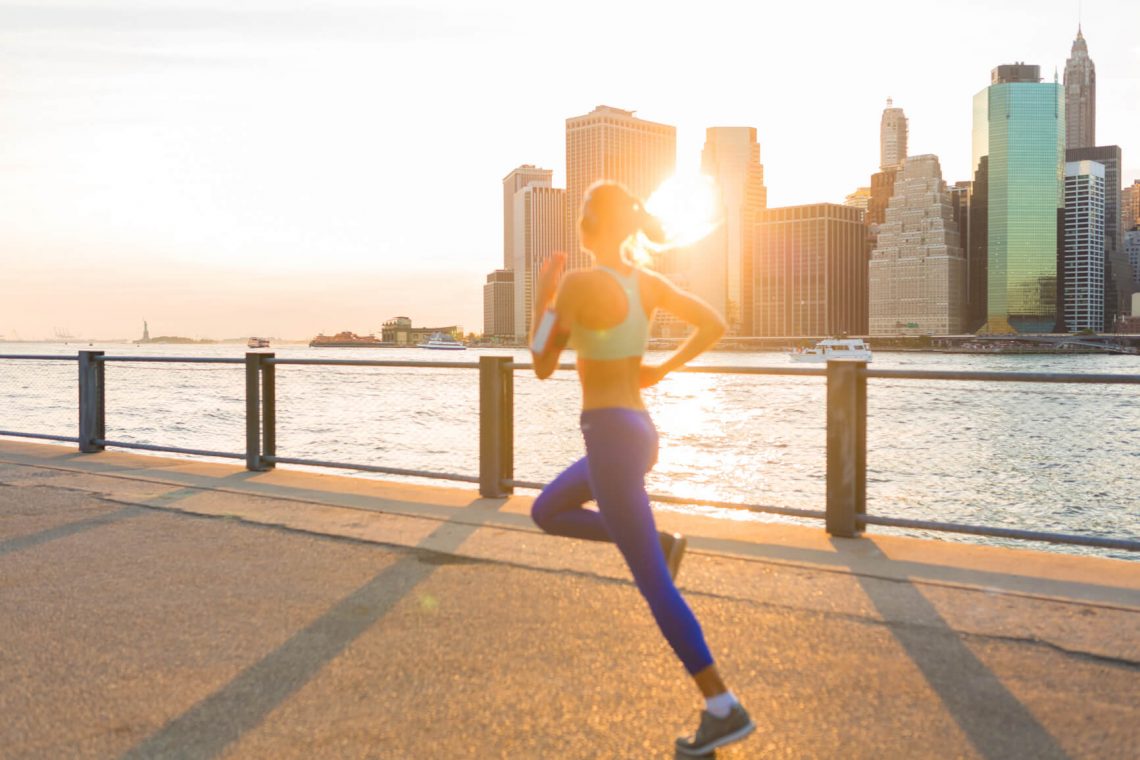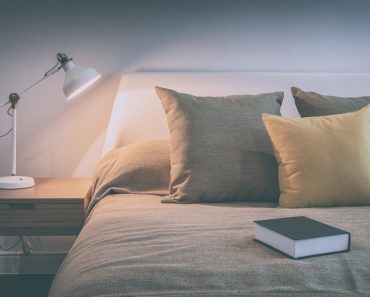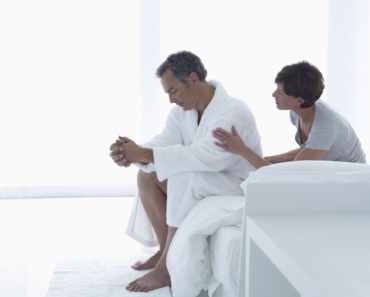
Photo: Medibank
We all know we should exercise regularly, but it can be difficult to fit exercise into our busy schedules. Most people can only exercise before or after work, so it’s worth examining whether the time of day we exercise affects outcomes such as weight loss and sleep.
To understand why the timing of exercise might be important, we first need to understand how our bodies function over a 24-hour day. Our biological clock helps to regulate sleep patterns, when we eat, blood pressure and body temperature.
The early bird gets the worm, right?
In terms of performing a consistent exercise habit, it’s tempting to think morning exercise is more sustainable as it’s “out of the way”. But there isn’t much evidence to support this theory. Instead, it may just come down to what your preferred time to train is.
If you’re thinking about breaking up your workday to squeeze in a workout at lunchtime, be wary. Researchers compared attendance to lunchtime group classes with after-work classes. Those who were assigned to the training during work only attended 26% of sessions, compared to the after-work group who attended 70% of the sessions.
Researchers investigated the impact of six weeks of morning versus evening exercise on energy intake and weight loss. They found those who exercised in the morning ate less throughout the day, and subsequently, lost 1kg more than those in the evening group.
But some researchers have found we work harder in the evening. Conceivably, if we are working harder in the evening, over time, we will expend more energy, potentially leading to greater weight loss than with morning exercise.
Tips & Tricks
- Wearable wrist weights can substitute for a dumbbell for people who can no longer grip weights in their hands. Wearable ankle weights can make the muscles work harder for people who do targeted leg and hip exercises.
- A weighted vest may be useful when worn on a walk. But wearing ankle or wrist weights on a walk may cause muscle imbalance. It’s best to check with a doctor before incorporating wearable weights into a workout.
- Riding a bike can be a good way to exercise at different levels of intensity. Cycling also enables people to travel faster and farther than jogging but places less pressure on their joints.
- Indoor cycling options include a stationary bike at home or at a fitness center. Some centers also offer spinning classes, which are group indoor cycling classes led by instructors accompanied by motivating music.
- Some people don’t enjoy doing abdominal exercises and may find it more palatable to sprinkle abdominal exercises throughout the day. Ideas include taking a quick break to march in place, do a modified push-up, or stand on one leg.
- The key is to make each ab exercise count by “activating” the muscles. That means drawing in the belly button toward the spine, holding the position for 10 seconds, then relaxing and repeating









